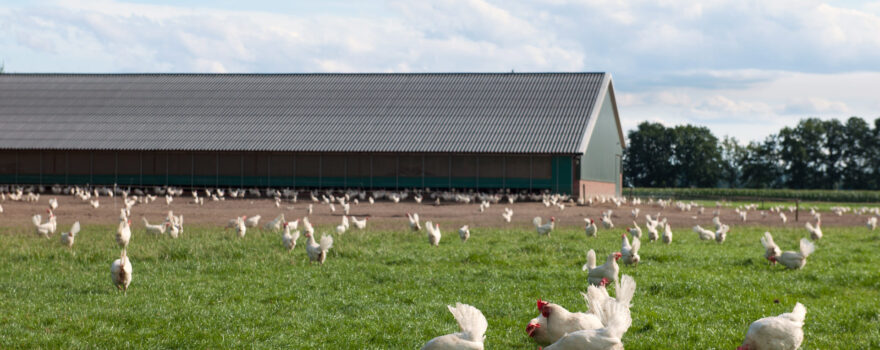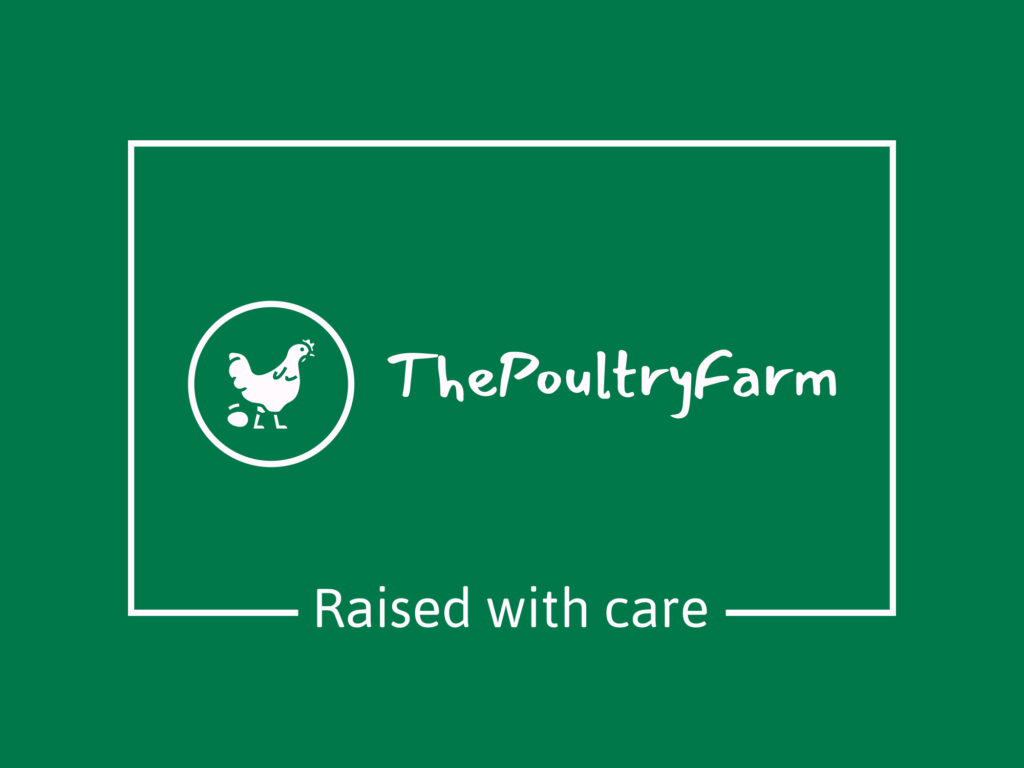
Introduction
Chicken ancestors are thought to have originated in the tropical forests of Southeast Asia and the Indian subcontinent. The domestication of chickens likely began around 8,000 years ago in these regions, where the ancestors of modern chickens were kept as a source of food and for their eggs.
The most widely accepted theory is that the red junglefowl (Gallus gallus), a wild bird found throughout much of Southeast Asia and the Indian subcontinent, is the primary ancestor of the modern chicken. The red junglefowl is a ground-dwelling bird that feeds on insects, seeds, and fruit. It is known for its distinctive red comb and wattles, which are used to attract mates.
Red junglefowl was domesticated by early humans, who selectively bred them for certain traits such as size, egg production, and meat quality. Through this process of selective breeding, the ancestors of modern chickens were developed. Today, there are hundreds of different breeds of chickens that have been developed for various purposes, including egg laying, meat production, and show purposes.
About poultry
Poultry is a type of domesticated bird kept by humans for their eggs, meat, or feathers. The domestication of poultry is believed to have occurred several thousand years ago, with the first domesticated chickens appearing in Southeast Asia around 4000 BC. Since then, poultry has been an important source of food for humans, and the breeding and raising of poultry has become a widespread industry.
Poultry was first raised for their feathers, which were used for a variety of purposes, including bedding and clothing. Later, eggs and meat or poultry became important sources of food, and different breeds of chickens, ducks, turkeys, and geese were developed for their ability to produce high quantities of these foods.
In the Middle Ages, poultry was an important part of the diet in Europe, and chicken, duck, and goose were commonly eaten. Poultry was also raised for cockfighting, a popular form of entertainment in which two roosters fought each other. In the 16th and 17th centuries, poultry became more widespread in the Americas, where chickens and turkeys were introduced by European settlers.
The industrialization of agriculture in the 19th and 20th centuries led to the development of modern poultry farming, in which birds are raised in large numbers in specialized facilities. This has made poultry more affordable and widely available but has also raised concerns about animal welfare and the use of antibiotics in the industry.
Today, poultry is a major source of food for people around the world, and the global poultry industry is worth billions of dollars. Poultry is also used in a variety of products, including pet food, fertilizer, and pharmaceuticals. Despite the challenges facing the industry, poultry remains an important part of the human diet and a vital part of the global agricultural economy.
The Ancient Varieties & Breeds of Chickens and Poultry
The ancient varieties and breeds of chickens and poultry are the ancestors of the modern birds we know today. These ancient breeds were developed through centuries of selective breeding, and many of them were adapted to specific environments or uses. Some of the most notable ancient varieties and breeds of chickens and poultry include the following:
The Red Junglefowl is the wild ancestor of the domestic chicken. This bird is native to Southeast Asia and was first domesticated around 4000 BC. The Red Junglefowl is a small, colorful bird with red and green plumage, and is known for its distinctive crowing call.
The Dorking is an ancient breed of chicken that originated in the Roman Empire. This breed was named after the English town of Dorking, where it was first developed. Dorking chickens are known for their five toes and white earlobes and were originally bred for their meat and eggs.
The Brahma is an American breed of chicken that was developed in the 19th century. This breed is known for its large size and calm temperament and was originally bred for its meat and eggs. The Brahma is often called the “King of Chickens” due to its impressive size and stature.
The Orpington is an English breed of chicken that was developed in the late 19th century. This breed is known for its large size and fluffy, white feathers, and was originally bred for its meat and eggs. The Orpington is a popular breed for backyard chicken keepers due to its docile temperament and good egg-laying abilities.
The Silkie is an ancient breed of chicken that originated in China. This breed is known for its fluffy, silky feathers, which are black in color. Silkies are also known for their calm temperament and broody nature and were originally bred for their meat and eggs.
Overall, the ancient varieties and breeds of chickens and poultry were diverse and varied, reflecting the different environments and uses they were bred. These breeds laid the foundation for the modern poultry industry, and continue to be enjoyed by chicken enthusiasts and backyard chicken keepers around the world.
The Benefits of Free Range, Organic, & Heritage Breeds
Free-range, organic, and heritage breeds of chickens are often seen as superior to their commercially raised counterparts due to their health benefits and superior taste. These types of chickens are allowed to roam freely, eat a natural diet, and are not treated with antibiotics or hormones, resulting in meat and eggs that are not only healthier for the consumer, but also more flavourful.
Free-range chickens are allowed to roam outdoors and have access to sunshine and fresh air, which is essential for their health and well-being. This type of environment allows the chickens to engage in natural behaviors, such as foraging for food, dust bathing, and perching. Free-range chickens are also typically fed a diet that is free from antibiotics and hormones, which can be harmful to both the chickens and the consumer.
Organic chickens are raised similarly to free-range chickens, but they are also fed a certified organic diet. This means that the feed is free from synthetic pesticides and fertilizers, as well as genetically modified organisms (GMOs). Organic chickens are also not treated with antibiotics or hormones, which can lead to healthier meat and eggs.
Heritage breeds of chickens are those that were once common but have become less so due to the rise of industrial agriculture. These breeds are often considered to be more flavourful and healthier than commercially raised chickens, as they are allowed to grow at a natural rate and are not bred for specific physical characteristics. Heritage breeds are also often raised in a free-range or organic environment, which further contributes to their health and flavor.
In addition to the health benefits for the consumer, free-range, organic, and heritage breeds of chickens also have benefits for the environment. These types of chickens are often raised on small family farms, which are more sustainable and environmentally friendly than large industrial operations. They also help to preserve genetic diversity, as heritage breeds are not mass-produced like commercial breeds.
Overall, free-range, organic, and heritage breeds of chickens offer numerous benefits over commercially raised chickens. They are healthier for the consumer, tastier, and better for the environment. While they may be more expensive, the added cost is worth it for the superior quality of the meat and eggs.
The Growing Popularity of Eating Sustainable Chickens
Eating sustainable chicken and poultry is becoming increasingly popular among consumers who are looking for healthier and more environmentally friendly food options. Sustainable chicken and poultry refer to birds that are raised in a way that is good for the environment, the animals, and the consumers. This type of chicken and poultry is often free-range, organic, and/or from heritage breeds, and is raised on small, family-owned farms.
The growing popularity of sustainable chicken and poultry can be attributed to several factors. One of the main reasons is the increasing awareness of the negative effects of industrial agriculture on the environment and animal welfare. Consumers are becoming more conscious of the impact of their food choices and are looking for alternatives that are better for the planet and the animals.
Another reason for the popularity of sustainable chicken and poultry is the taste. Many people find that sustainable chicken and poultry have a superior flavor to commercially raised birds. This is because sustainable chicken and poultry are allowed to roam freely and eat a natural diet, which results in meat that is more flavourful and tender.
Sustainable chicken and poultry are also often healthier for the consumer. It is free from antibiotics and hormones and is raised on a diet that is free from synthetic pesticides and fertilizers. This means that the meat and eggs are not contaminated with harmful chemicals and are therefore safer and healthier to eat.
In addition to the environmental and health benefits, sustainable chicken and poultry also support small, family-owned farms. These farms are often more sustainable and environmentally friendly than large industrial operations and provide a valuable source of income for the farmers. By choosing sustainable chicken and poultry, consumers can support these farms and the local economy.
Overall, the growing popularity of sustainable chicken and poultry is a positive trend that is good for the environment, the animals, and the consumers. This type of chicken and poultry offers numerous benefits over commercially raised birds and is a delicious and healthy option for those looking to make more sustainable food choices.
Conclusion
The history of chicken poultry dates back thousands of years, with the domestication of the red junglefowl likely occurring in Asia. The red junglefowl is thought to be the wild ancestor of the domesticated chicken, and the bird is still found in parts of Asia, including India, Malaysia, and Indonesia. Chickens were first domesticated for their meat, but they were also valued for their eggs and their ability to be used as a source of fertilizer.
Chickens were eventually brought to Europe by the Romans and were later introduced to the Americas by European explorers and settlers. Over time, chickens were bred for a variety of purposes, including meat production, egg laying, and as pets. In the 19th and early 20th centuries, chicken breeds were developed specifically for the production of meat, eggs, or both. These breeds included the Cornish, the Leghorn, and the Plymouth Rock.
Today, chickens are a staple of many diets around the world and are an important source of protein for people in many parts of the globe. The poultry industry has grown significantly in recent decades, and chickens are now raised on large-scale farms called “factory farms” in many parts of the world. These farms use advanced techniques to raise large numbers of chickens quickly and efficiently.
Despite the growth of the poultry industry, many people still raise chickens for meat and eggs on small-scale farms, or even in their backyards. Chickens are relatively easy to care for and provide a source of fresh eggs and meat for families. Chickens are also popular pets, and many enjoy keeping a few chickens in their backyard for eggs and companionship.
In conclusion, the history of chicken poultry is a long and fascinating one. Chickens have been domesticated for thousands of years and have played an important role in many cultures around the world. Today, chickens are a staple of many diets and are an important source of protein for people in many parts of the globe. Despite the growth of the poultry industry, many people still raise chickens for meat, eggs, and companionship.
I am passionate about chickens and how best to raise a healthy flock. I have been raising chickens for over 10 years now, and I am always looking for new and innovative ways to keep my chickens happy and healthy. In addition to keeping my own flock, I also putting reviews on the essential products that are required to keep Chicken happy. I hope to help as many people as possible learn how to properly care for their chickens!
Leave a Reply
